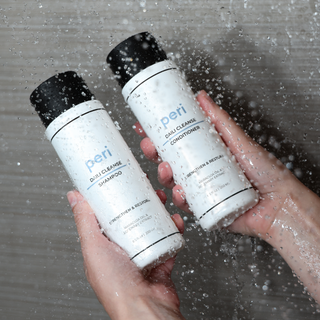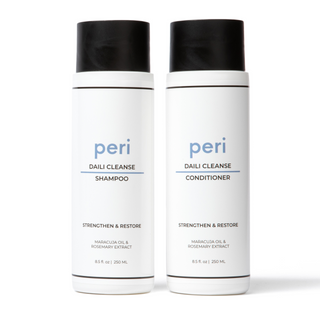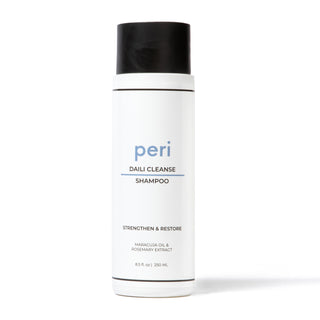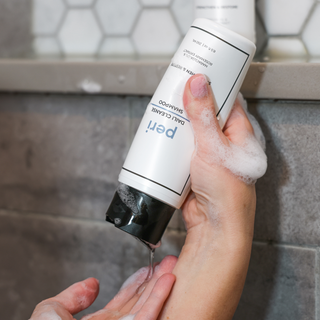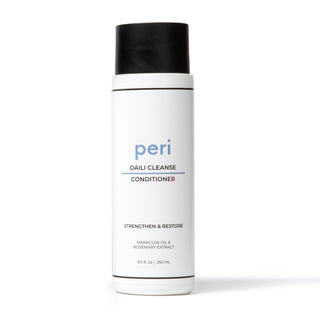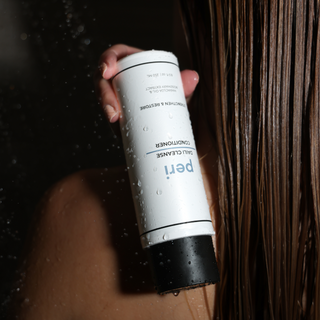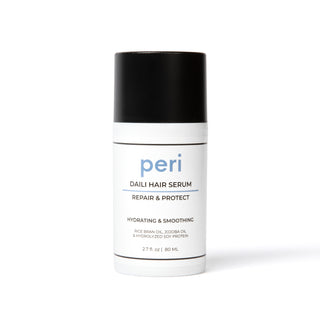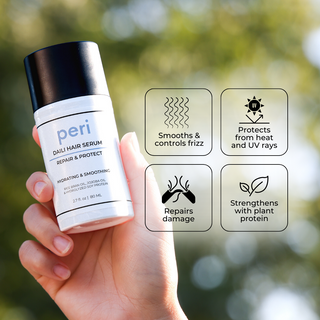As the weather warms up and pool season approaches, many of us are eager to take a refreshing dip to beat the heat. However, before you dive headfirst into the pool, it's essential to understand the potential effects of chlorine on your hair. Chlorine, commonly used to sanitize swimming pools, can have damaging effects on hair health. But fear not! With the right knowledge and preventative measures, you can enjoy your swim without sacrificing your hair's vitality and shine.
Understanding the Effects of Chlorine on Hair
Chlorine is a powerful chemical disinfectant added to pool water to kill bacteria and prevent the spread of waterborne illnesses. While it serves a crucial role in maintaining pool hygiene, prolonged exposure to chlorine can wreak havoc on your hair. Here are some common effects of chlorine on hair:
Dryness and Brittle Texture: Chlorine strips the natural oils from your hair and scalp, leaving it dry, brittle, and prone to breakage. This can result in split ends, frizz, and overall dullness.
Discoloration: Chlorine has a bleaching effect on hair, especially for those with lighter hair colors. Over time, exposure to chlorine can cause hair to become discolored, turning shades of green or yellow.
Damage to Hair Cuticle: Chlorine can penetrate the hair cuticle, causing structural damage and weakening the hair shaft. This compromises the hair's integrity and makes it more susceptible to damage from external factors.
Scalp Irritation: Chlorine exposure can irritate the scalp, leading to dryness, itching, and flakiness. Individuals with sensitive skin or scalp conditions may experience heightened discomfort.
Preventing Chlorine Damage
While chlorine exposure is inevitable during swimming activities, there are several measures you can take to minimize its damaging effects on your hair:
Pre-Swim Hair Protection: Before entering the pool, wet your hair with fresh water or apply a leave-in conditioner. This helps to create a barrier that reduces the absorption of chlorine into the hair shaft.
Wear a Swim Cap: Investing in a swim cap provides an additional layer of protection for your hair, shielding it from direct contact with chlorinated water.
Rinse Immediately After Swimming: After your swim, rinse your hair thoroughly with fresh water to remove chlorine residue and prevent it from lingering on your hair and scalp.
Use a Clarifying Shampoo: Incorporate a clarifying shampoo into your haircare routine to remove chlorine buildup and impurities from your hair. Look for formulas specifically designed to combat the effects of chlorine and restore hair health.
Deep Conditioning Treatments: Treat your hair to regular deep conditioning treatments to replenish moisture, nourish the hair follicles, and repair damage caused by chlorine exposure.
Limit Chlorine Exposure: If possible, limit your time spent in chlorinated pools or consider swimming in natural bodies of water, such as lakes or oceans, which typically have lower chlorine levels.
While chlorine can pose challenges to maintaining healthy hair, with proper care and preventative measures, you can minimize its damaging effects and keep your locks looking luscious all summer long. By understanding the effects of chlorine on hair and implementing protective strategies, you can dive into pool season with confidence, knowing that your hair is well-protected against chlorine damage. So go ahead, make a splash, and enjoy the refreshing waters without worrying about the health of your hair!

